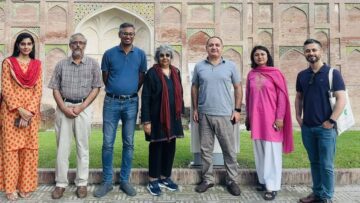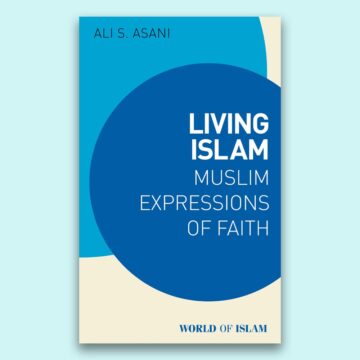Encyclopaedic texts give insights into the intellectual life in a given age and its underlying assumptions. Muslim scholars in the past were fascinated by the works of encyclopaedic nature and Rasa’il Ikhwan al-Safa’ (circa 9th century) and Kitab al-Aghani (10th century) are some examples of this genre. In recent years, Muslim societies have experienced a resurgence of encyclopaedic works. The work on The Great Islamic Encyclopaedia began in 1983 and is directly linked to encyclopaedic works on Islam and Muslim societies that emerged as part of western scholarship. Perhaps the most impressive of these was the 12-volume, second edition of The Encyclopaedia of Islam which was published between 1954 and 2004. It was during the translation of this work that Iranian scholars saw the need for a better coverage of many cultural aspects of different Islamic schools of thought and traditions, in particular that of Persian Shi’ism The Great Islamic Encyclopaedia is the most comprehensive attempt to date to meet this need.
After the success of Arabic translations of several volumes of the Great Islamic Encyclopaedia, its English translation was planned and the IIS played a leading role. A team of a dozen translators and editors, both at the IIS and at the Centre for Iranian and Islamic Studies in Tehran, worked under the supervision of the editors-in-chief, Professor Wilferd Madelung and Dr. Farhad Daftary, to produce this fine contribution to western scholarship on Islam. This new English translation and edition of the Encyclopaedia will be established as an invaluable reference work for all students and teachers of Islamic and Iranian studies.
As noted above, one unique feature of this work of reference lies in the attention it gives to aspects of the Islamic heritage, particularly Shi‘i Islam, which have been somewhat marginalised in previous encyclopaedias, often due to the limitation of source material which has become available only in recent decades. In addition to providing entries on important themes, subjects and personages in Muslim history generally, it offers the reader an opportunity to appreciate the various dimensions of Shi‘i Islam, the Persian contribution to Muslim civilisation, and the spiritual dimensions of the Muslim tradition.






